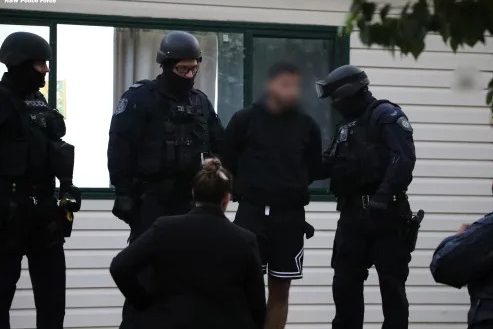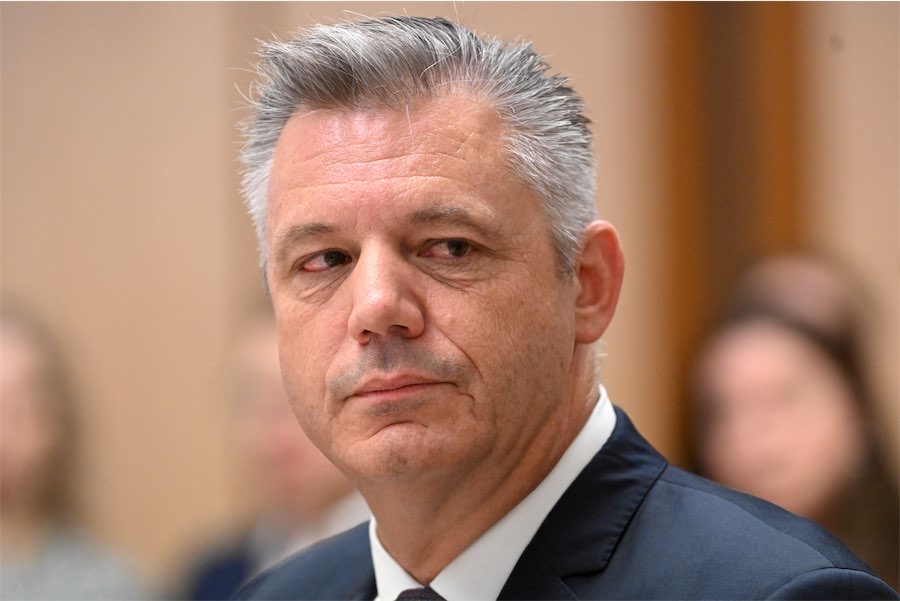
STARTING out as Canberra’s response to a feminist movement that swept the globe in the 1970s – 40 years on, the Canberra Rape Crisis Centre is now the last surviving rape crisis centre in the country.
Opened in 1976 by a group of feminists who wanted to work with sexual violence services at the time, the Canberra Rape Crisis Centre (CRCC) was part of a movement that wanted to break the stigma around rape and help women seek help after sexual violence. It was also in 1976 that the Reclaim the Night annual march began in Canberra.
“There is an energy around this form of violence that you don’t see around other forms of violence… that victim-blaming stuff that we still see now,” says Chrystina Stanford, CEO of the CRCC.
“The feminist movement reached a point to respond to sexual assault on a global scale.”
Canberra joined other cities in Australia and, predominantly, the UK by opening up a Rape Crisis Centre.
It’s now the second oldest continuously operating service for victims of sexual abuse in Australia.
In its early days, CRCC offered a limited crisis phone line and call-out service, Chrystina says, working with a list of doctors and lawyers who were sympathetic to their cause.
She says in those days it was the police that were seen as the enemy. However that has taken a 180-degree turnaround; now the centre works closely with police and medical forensics.
“I think the partial reason of our survival is that we sit within the community sector whereas our NSW and Victorian partners sit within the government hospital setting,” she says.
“Being aligned with the community sector we are quite different. We provide a first-response service. I like to think we’re a lot like the ambulance and police services, we have to respond in that first moment.”
Over the years, CRCC has continued to evolve. Although it still regards itself as a feminist organisation, it now encompasses the Service Assisting Male Survivors of Sexual Assault (SAMSSA) and the Aboriginal and Torres Strait Islander community service, Nguru, that provides crisis and counselling support for the impacts and effects of recent and historical trauma
It was also one of two agencies to receive government funding for the Royal Commission Support Services to support people who have been sexually assaulted as children within institutions, groups and industries.
Although many of the other Rape Crisis Centres in Australia have continued to operate in similar capacities, many of them have changed their names. Chrystina says for CRCC, it’s important to keep its name and its link to the centre’s original mission.
“It has a historical link to the time it was first set up,” she says.
“It’s an important part of the name having the word ‘rape’. It’s quite confronting. Rape is terrible and there’s no way of making it positive. It’s such a shocking crime that toning it down would remove the impact.”
She says one in three girls and one in six boys before the age of 18 have been sexually assaulted, while one in 30 men and one in four/five women have been sexually assaulted.
“The most prevalent sexual violence is child sexual assault and the true incidence of that is hard to determine as some people seek help so many years after and it can also go on for years because it was done by someone who was known and trusted by the victim,” Chrystina says.
“As the community grows in awareness and readiness, the flow-on effect is that people are seeking help sooner than previous years.”
In 2014, CRCC received 15,000 calls for help. That has grown to 17,500 in 2015 and in the first half of this year, there are already 10,000 calls. Seven years ago it received 4500 calls and 40 call-outs to police. In 2016, more than 360 (at least one a day) call-outs to police are projected.
“The challenge we face is there are more and more calls, but we operate at the same level of funding,” Chrystina says.
“When calls increase by 3000 each year and call-outs increase, trying to match that sort of thing with funding is a real challenge.”
However, Chrystina and her team continue to forge ahead and now face an evolving form of sexual violence that’s occurring online.
“About a decade ago there was a huge focus on date rape and I would often say that drugs and alcohol were the latest weapon facilitating sexual assault,” she says.
“Now I would say electronic media is and in instantaneous ways. Young women are grappling with the social media component.”
Chrystina says the centre has always received an outpouring of community support and continues to hear many stories linked to how it has helped people.
“There’s a huge amount of respect and regard for the Rape Crisis Centre that I haven’t found it in any other jurisdictions I have worked in,” she says.
To mark its 40th anniversary, CRCC will host a luncheon featuring Dame Quentin Bryce in conversation with patron Virginia Haussegger on Tuesday, October 18, at the National Museum of Australia. Tickets are $75 with all proceeds going to the CRCC.
Luncheon tickets can be booked via everbrite.com.au
Who can be trusted?
In a world of spin and confusion, there’s never been a more important time to support independent journalism in Canberra.
If you trust our work online and want to enforce the power of independent voices, I invite you to make a small contribution.
Every dollar of support is invested back into our journalism to help keep citynews.com.au strong and free.
Thank you,
Ian Meikle, editor




Leave a Reply